The Giant “Gravity Hole” In the Ocean May Be the Ghost of an Ancient Ocean
Scientists have long been fascinated by an unusual depression that stretches over 1 million square miles across the floor of the Indian Ocean. The mystery of the ‘gravity hole’ has persisted for decades, but now, it seems, the puzzle may have been solved.
Officially known as the Indian Ocean geoid low, this enigmatic feature has perplexed researchers for over seven decades. However, a recent breakthrough discovery could finally unveil the secrets behind its existence, sparking a new wave of scientific interest and intrigue.
Discovery of the Unique Depression
During the middle of the 20th century, geophysicist Felix Andries Vening Meinesz embarked on an extensive journey around the world to conduct a gravity survey. During this trip, he discovered an unusual anomaly in the Indian Ocean.

Source: Wikimedia
The researcher came across a strange circular depression on the floor of the Indian Ocean, covering a distance of around 1.2 million square miles. Known as the Indian Ocean geoid low, its existence has baffled researchers since its discovery.
Researchers Publish New Study on Ocean Floor Depression
Researchers from the Indian Institute of Science in Bengaluru believe they have discovered evidence that could ultimately explain how the geoid low was formed.

Source: Freepik
Using computer models, the scientists determined that plumes of modified rock that originated deep within the Earth may have formed the depression eons ago. These findings were later published in the journal Geophysical Research Letters.
Several Previous Hypothesis Attempt to Explain the Depressions Existence
According to an excerpt from the paper, several hypotheses have been proposed in the past to explain the anomaly’s existence. However, the study’s authors believe they have found evidence to back up their claim.
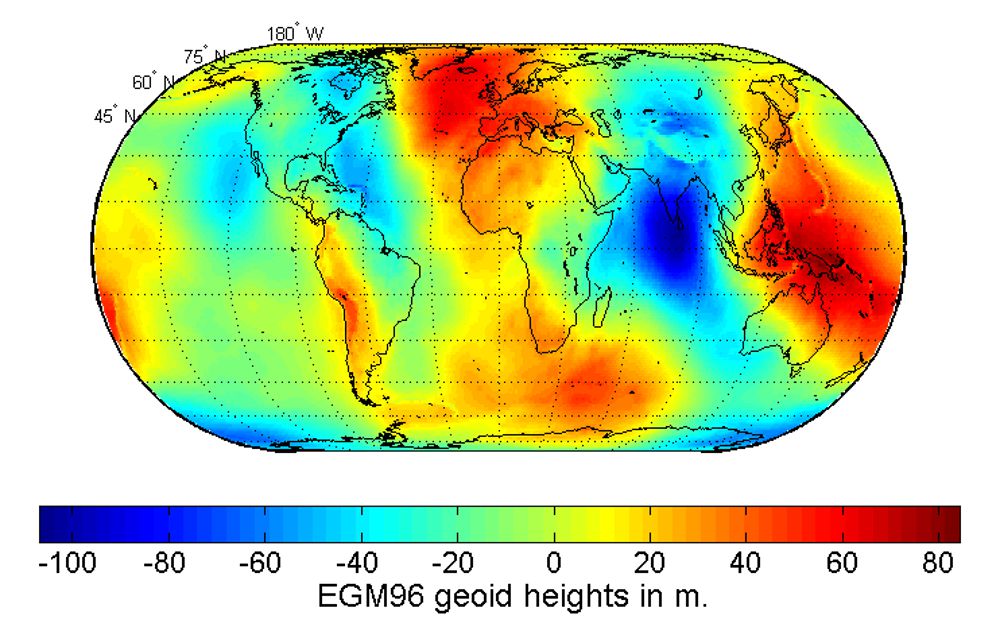
Source: Wikimedia
“Several competing hypotheses exist, amongst which, a recent study employing tomography models suggested that hot anomalies at mid to upper mantle depths are crucial in generating this elusive feature,” wrote the researchers.
Magma Plumes Formed the Depression, Says Scientists
Magma plumes are columns of hot molten rock stored in the Earth’s mantle. According to the researchers, this plume rose to the upper mantle and played a significant role in the formation of the Indian Ocean depression.
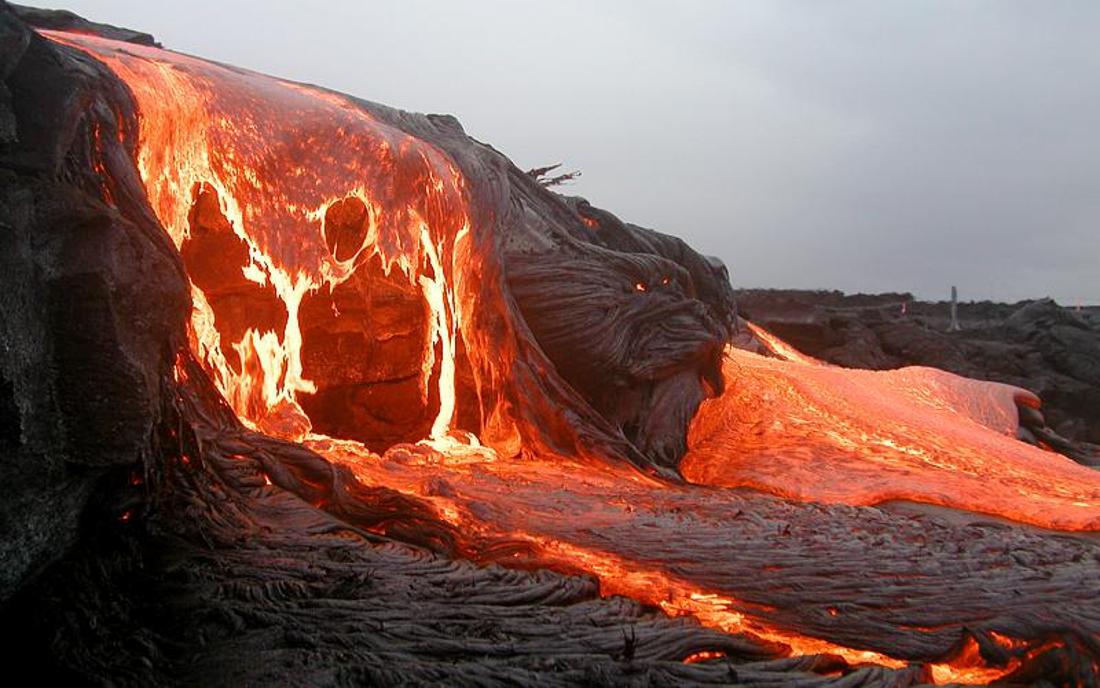
Source: Wikimedia
“We show that flow induced by downwelling Tethys slabs perturbs the African Large Low Shear Velocity province and gives rise to plumes that reach the upper mantle,” they wrote.
Scientists Explain the Formation of the Geoid Low
The researchers went on to explain, “These plumes, along with the mantle structure in the vicinity of the geoid low, are responsible for the formation of this negative geoid anomaly.”

Source: Wikimedia
They continued, “Exploring a wide model parameter space, such as the density and intrinsic viscosity of the thermochemical piles, Clapeyron slope and density jump at 660 km depth, the strength of slabs, we show that plumes are integral in generating the IOGL.”
Weak Gravitational Pull Within the Depression
Researchers have discovered that at the deepest point of the geoid low, where the sea level is as deep as 328 feet, the researchers revealed there’s a gravity hole where our planet’s gravitational pull is a lot weaker, and the mass is lower than expected.

Source: Wikimedia
The scientists believe that the fact that the Earth is not a perfect sphere may have contributed to this unusual discovery.
The Earth is a Lumpy Potato
During an interview with CNN, the study’s co-author Attreyee Ghosh, a geophysics professor at the Centre for Earth Sciences of the Indian Institute of Science, explained, “The Earth is basically a lumpy potato.”

Source: Wikimedia
He continued, “It’s what we call an ellipsoid because as the planet rotates, the middle part bulges outward.”
The Team Begins to Gather Evidence
The scientists began collecting data using evidence of Earth’s geological configurations, which allowed them to use computer simulations to suggest several ways in which tectonic plates and magma may have formed the Indian Ocean depression.

Source: Freepik
They ran about 20 simulations over a period that began 140 million years ago and ended in the modern era. Six of the simulations provided data that aligned with their theory.
Conclusion of Researchers
From the results of the experiment, the researchers were able to conclude that the presence of molten rock in the depression coupled with the nearby mantle structure, formed the depression.

Source: Freepik
Magma viscosity also played a minor role in the formation of the Indian Ocean’s geoid low. The magma plumes themselves likely originated in an ocean that disappeared millions of years ago.
Will the Geoid Low Ever Disappear?
At best estimates, scientists believe the geoid low formed over 20 million years ago. However, they cannot say for sure whether it will remain forever or slowly disappear.
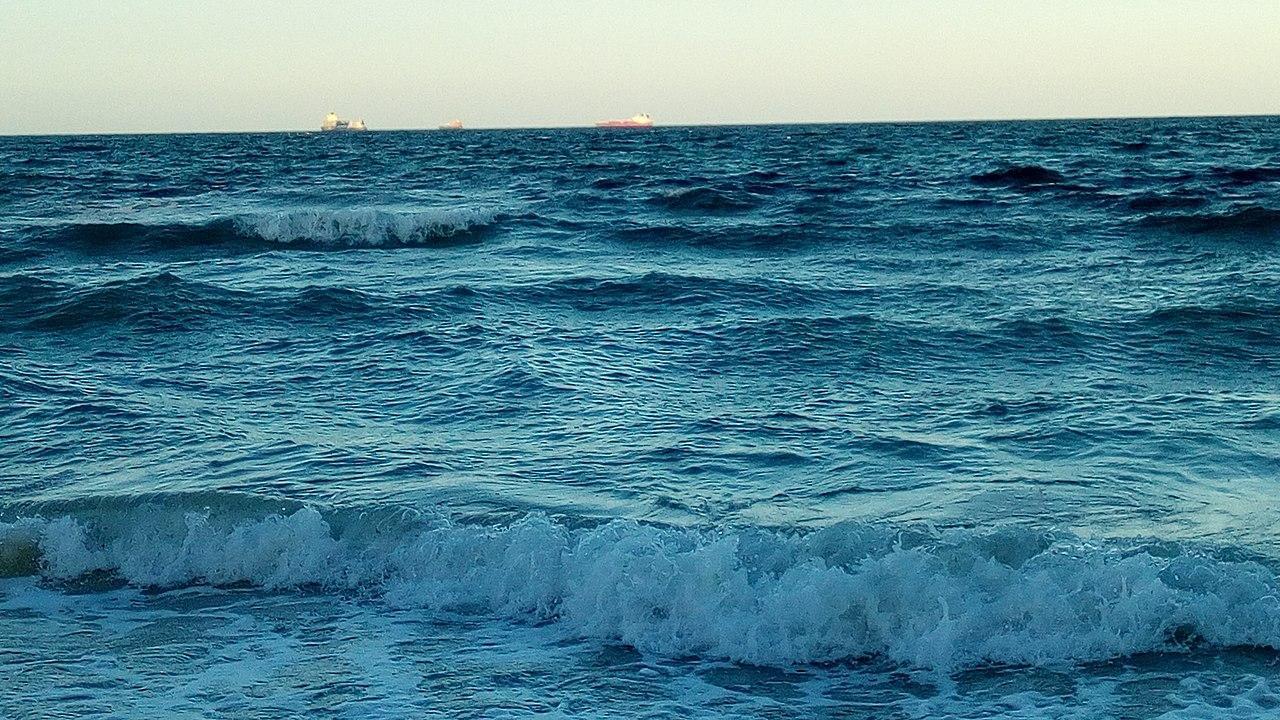
Source: Wikimedia
“That all depends on how these mass anomalies in the Earth move around,” Ghosh said. “It could be that it persists for a very long time. But it could also be that the plate movements will act in such a way to make it disappear — a few hundreds of millions of years in the future.”
Lead Researcher Confident With Results
One of the study’s lead researchers admits that the simulation cannot account for every possible factor. However, the team is happy with the results and believes it has provided sufficient evidence to explain how the depression was initially formed.

Source: Freepik
“We cannot take into account each and every possible scenario and we also have to accept the fact that there may be some discrepancies on how the plates moved over time,” she said. “But we believe the overall reason for this low is quite clear,” she said.
The Location of Other Gravity Holes
Areas with more gravity include the Philippines, while other gravity holes include areas that are under Cuba and the Bahamas.

Source: travelmag.com/Flickr
However, the IOGL is unlike other gravitational anomalies as no one has been able to explain what is causing it since its discovery in 1948.
Tracking Smaller Gravity Holes
Smaller anomalies can typically be explained and traced. By finding the thickening or thinning of the Earth’s crust, mantle, or both, researchers can follow these smaller anomalies and figure out what is causing them.

Source:
However, the study on the IOGL reinforces Ghosh’s research on mantle plumes in 2017, which first used models to establish that the density anomaly came from the movement of India’s plate.
Locating Magma Plumes
Research suggests that there are at least 18 magma plumes in the Earth’s mantle, which means that one of these (or maybe all of them) is probably located under Tahiti, East Africa, and the Canary Islands.
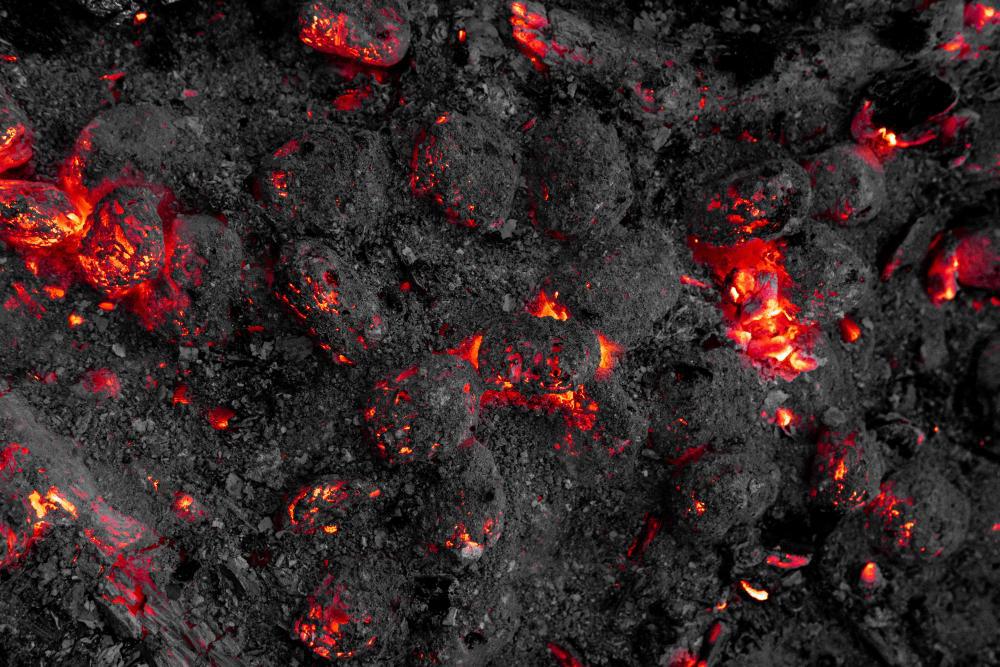
Source: Freepik
These magma plumes are believed to be responsible for the formation of the “gravity hole.” the simulation was run with different parameters of density for the magma, and those in the plumes were not present, the low did not form.
Distinct Mantel Structure and the African Blob's Role in IOGL Formation
The study suggests that the IOGL is present because of a distinctive mantel structure, combined with an adjacent disturbance under Africa called a large low shear velocity province (LLSVP), also known as the “African blob.”
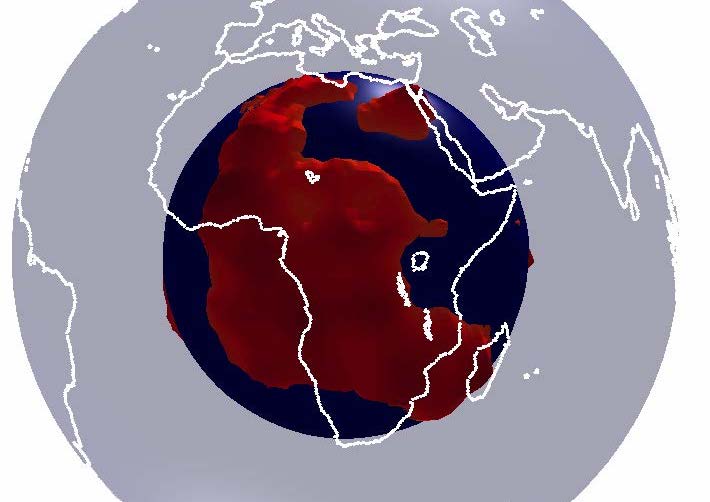
Source: Matlab/Wikimedia Commons
“What we’re seeing is that hot, low-density material coming from this LLSVP underneath Africa is sitting underneath the Indian Ocean and creating this geoid low,” Ghosh says.
India's Ancient Journey
“India was in a very different place 140 million years ago, and there was an ocean between the Indian plate and Asia. India started moving north and as it did, the ocean disappeared and the gap with Asia closed,” she explained.
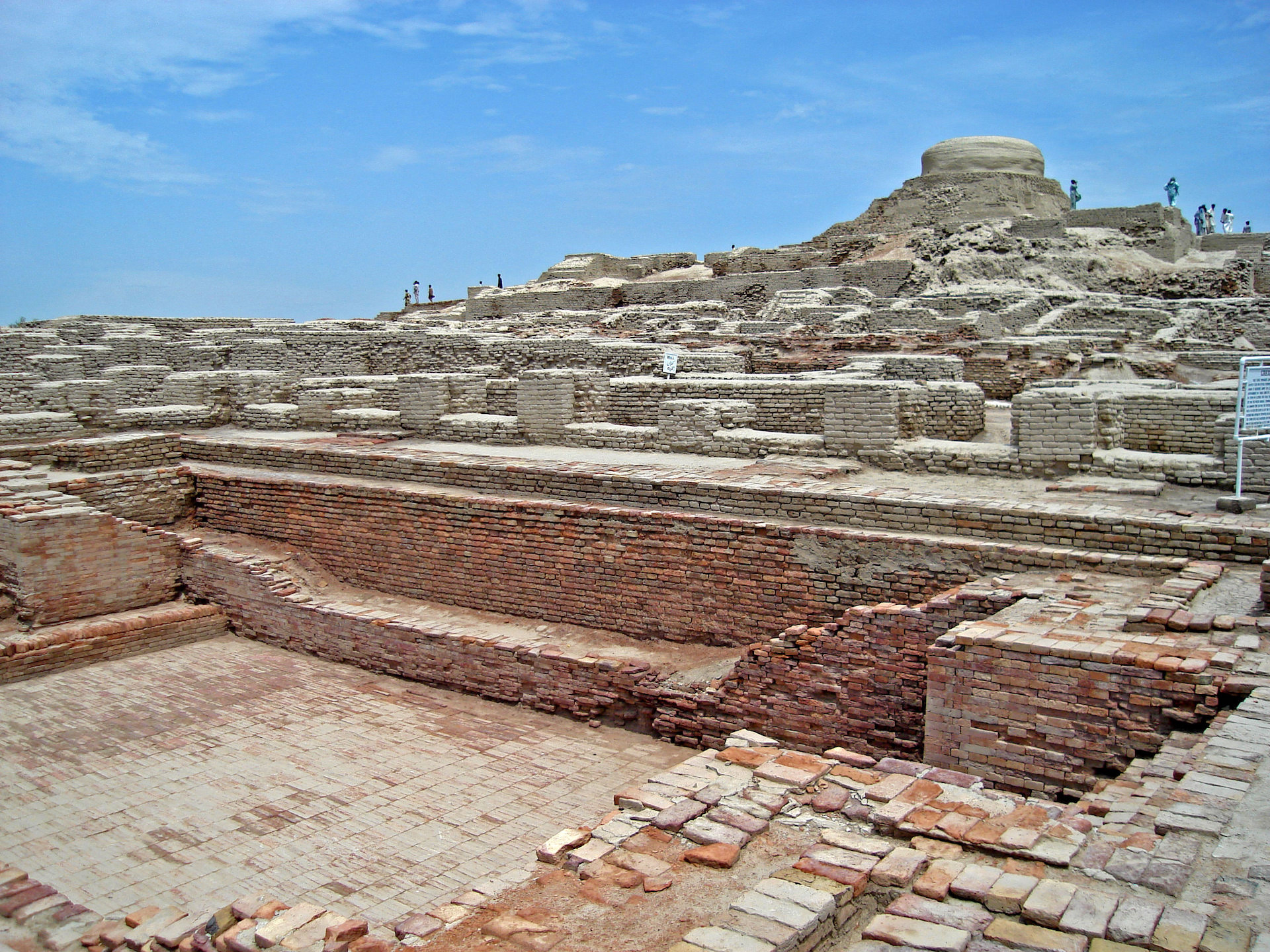
Source: World History Encyclopedia
The formation of the plumes, which brings low-density material close to Earth’s surface, may have happened as the oceanic plates went down inside the mantle.
Mixed Reactions
Huw Davies, a professor in the School of Earth and Environmental Sciences at Cardiff University in the UK, says the research is “certainly interesting, and describes interesting hypotheses, which should encourage further work on this topic.”

Source: Wikimedia
Another researcher, who was not a part of the study, told CNN that there are at least two problems with the study.
Critiques of the Study
Dr. Alessandro Forte, a professor of geology at the University of Florida in Gainesville, believes that Ghosh’s team failed to account for the mantle plume that erupted 65 million years ago. This explosion happened where the Indian subcontinent would have been located at the time.

Source: Antoni Shkraba/Pexels
Forte also states that the study’s simulated geoid is different from the Earth’s real surface shape.
The Outstanding Problem
“The most outstanding problem with the modeling strategy adopted by the authors is that it completely fails to reproduce the powerful mantle dynamic plume that erupted 65 million years ago under the present-day location of Réunion Island,” Forte said.

Source: Freepik
“The eruption of lava flows that covered half of the Indian subcontinent at this time—producing the celebrated Deccan Traps, one of the largest volcanic features on Earth—have long been attributed to a powerful mantle plume that is completely absent from the model simulation.”
The Other Issue
The other issue Forte brought up was the difference between the surface shapes. “These differences are especially noticeable in the Pacific Ocean, Africa, and Eurasia,” Forte said.

Source: wirestock/freepik
“The authors mention that there is a moderate correlation, around 80%, between the predicted and observed geoids, but they don’t provide a more precise measure of how well they match numerically (in the study). This mismatch suggests that there may be some deficiencies in the computer simulation.”
Ghosh's Rebuttal
Ghosh rebutted Forte, stating that the simulations cannot account for every possible factor.

Source: Wikimedia
“That’s because we do not know with absolute precision what the Earth looked like in the past,” Ghosh added. “The farther back in time you go, the less confidence there is in the models.”
Understanding Plate Movement and Data
“We cannot take into account each and every possible scenario and we also have to accept the fact that there may be some discrepancies on how the plates moved over time,” she said.
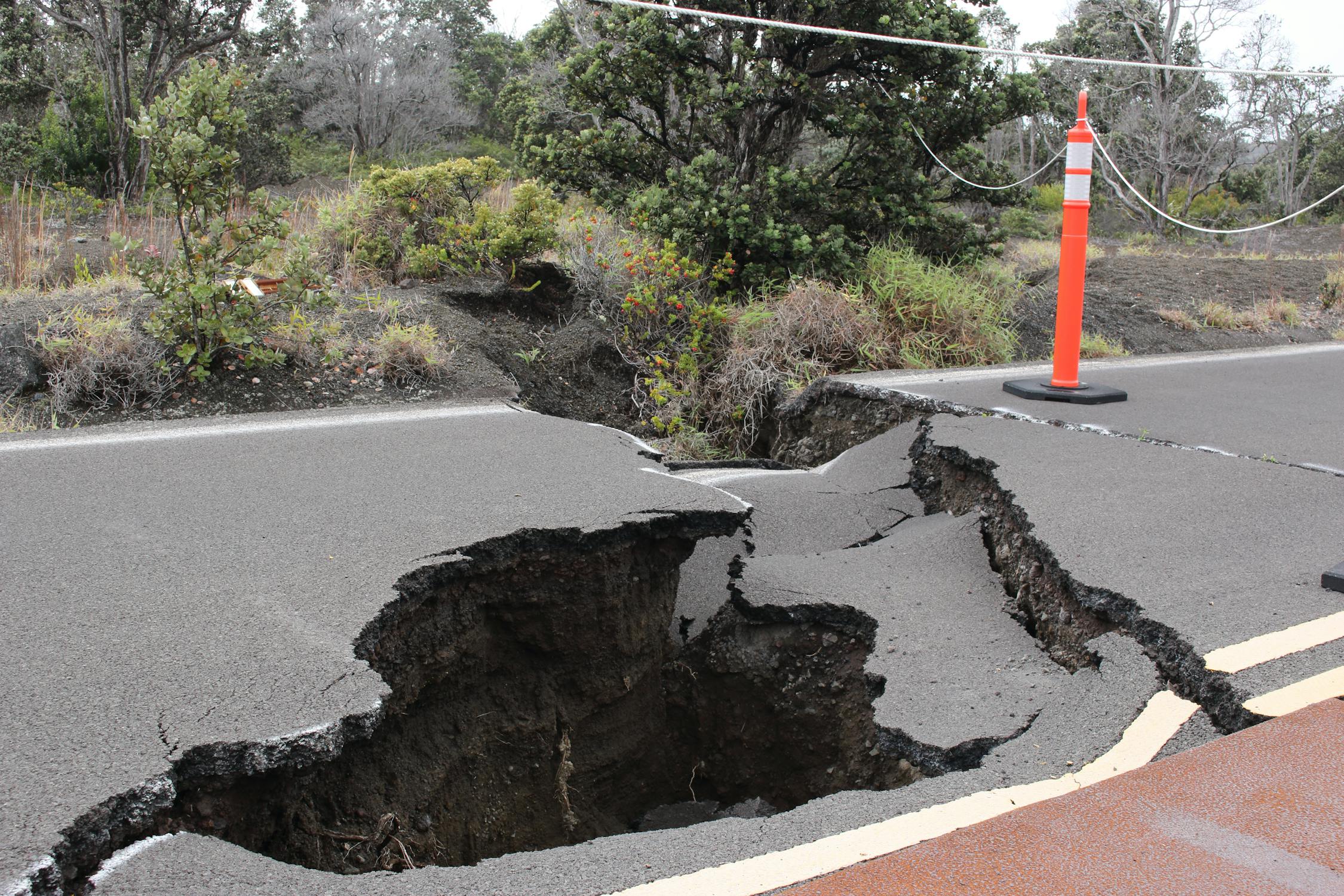
Source: Wilson Malone/Pexels
Ghosh added: “But we believe the overall reason for this low is quite clear.”
The Formation and Dissipation of the Geoid Low
Debanjan Pal, another researcher on the study, suggests that the geoid low probably took its current shape about 20 million years ago when the plumes started to spread through the upper mantle.

Source: Wikimedia
When those flows stopped, so will the low. “When the temperature anomalies causing this low geoid shift out of the present-day location,” Pal says to Scinetific American, “the geoid low will start to dissipate.”
